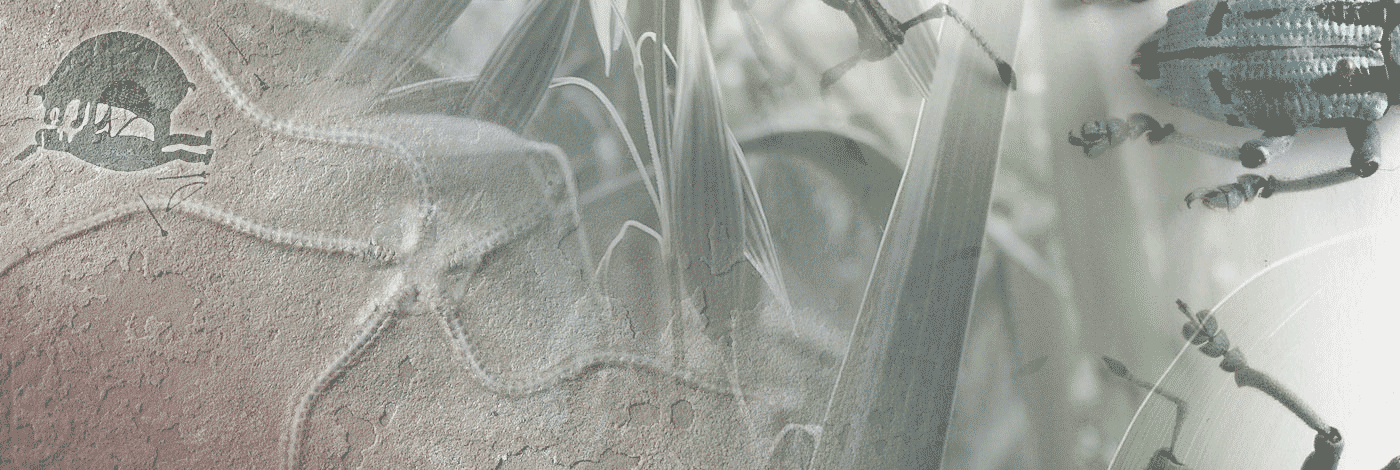
 Bulletin du Muséum national d'Histoire naturelle, 4ème série – section A – Zoologie, Biologie et Écologie animales
18 (1-2) - Pages 23-53
Bulletin du Muséum national d'Histoire naturelle, 4ème série – section A – Zoologie, Biologie et Écologie animales
18 (1-2) - Pages 23-53Four new species of Chama, Eopseuma and Carditochama n. gen. (Bivalvia: Heterodonta) are described based on material from tropical Indo-West Pacific offshore waters. The dentition of the adult shells of Eopseuma species is corbiculoid-type and that of Carditochama species is lucinoid-type. Both genera exhibit a paedomorphic condition of the hinge, namely a radial arrangement of cardinals. I
Cementation, transposition, Recent, Cenozoic, classification, Chalidae